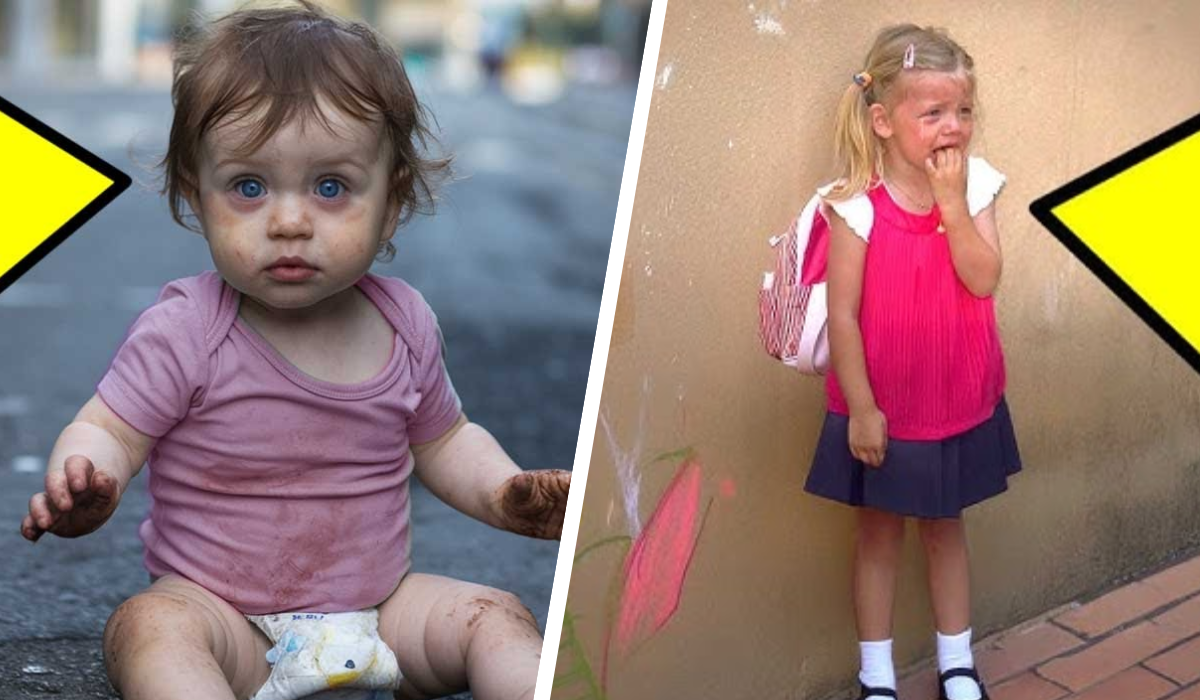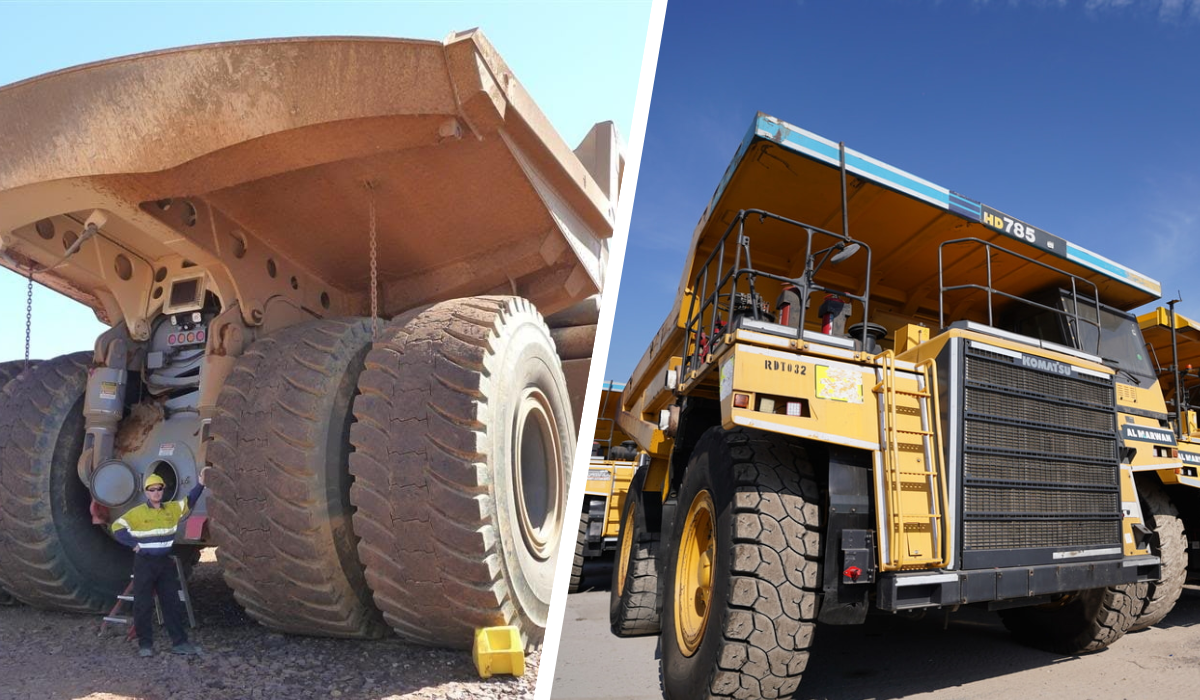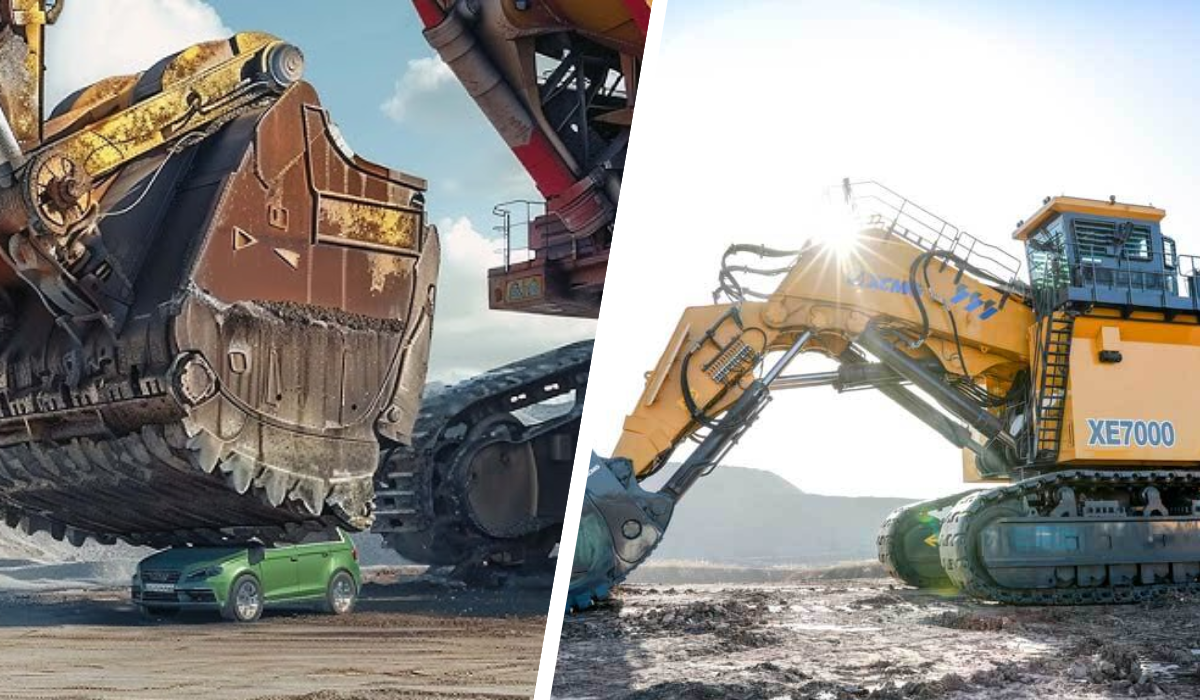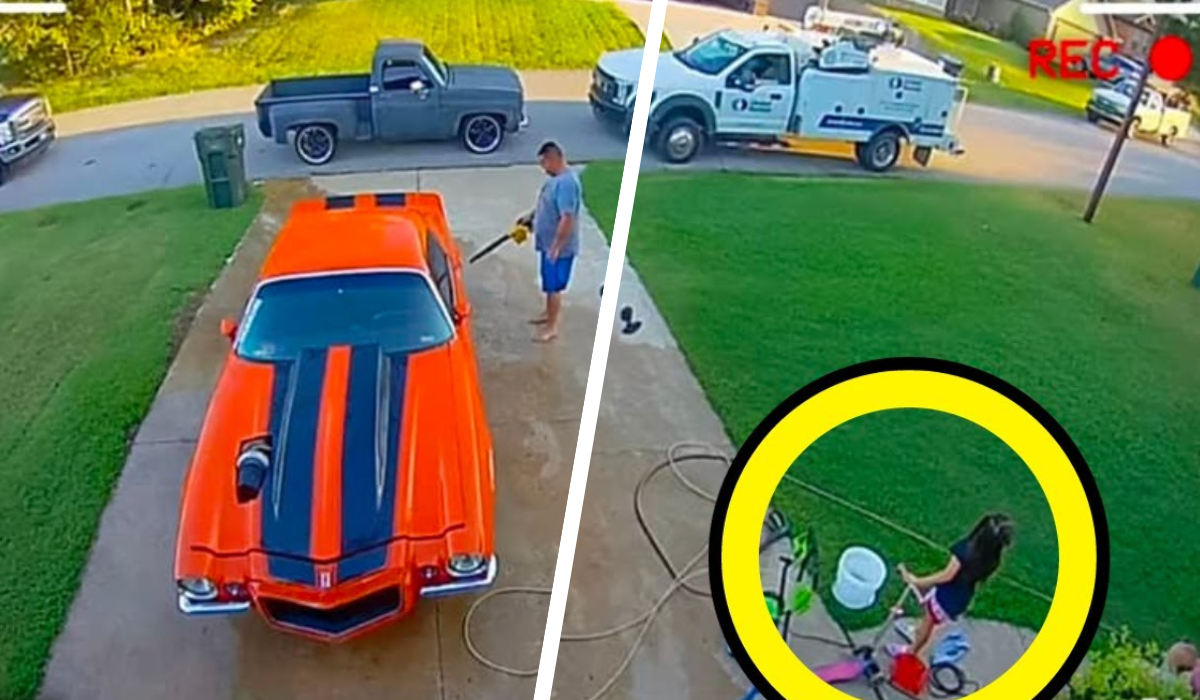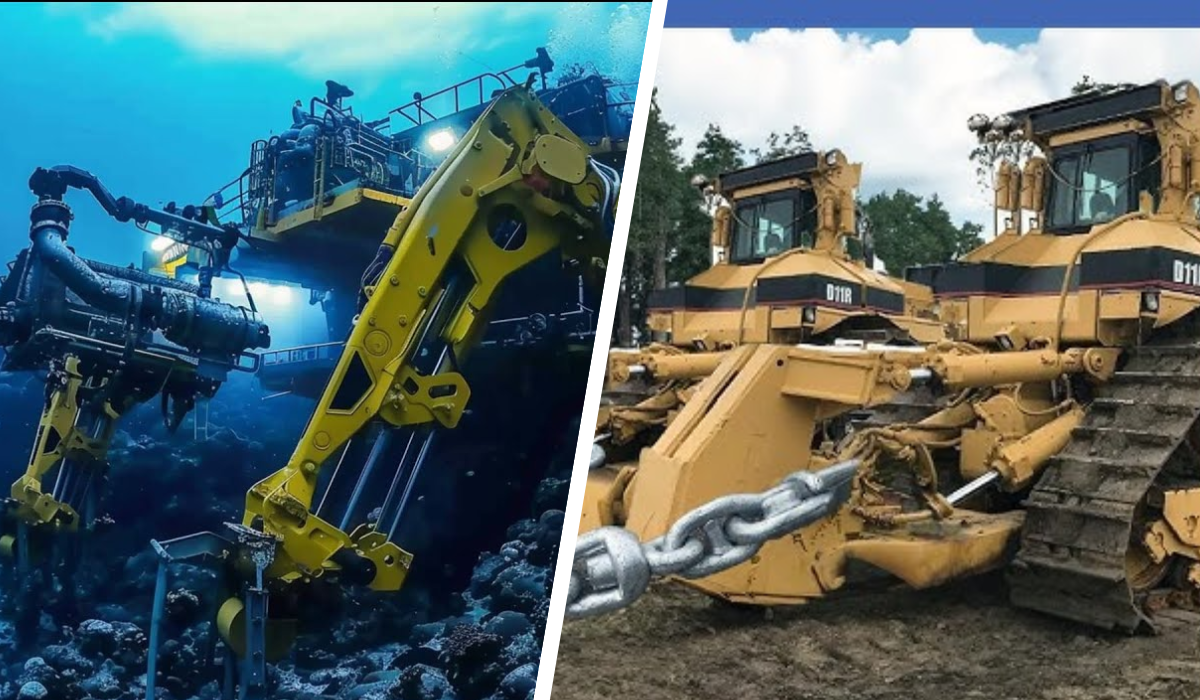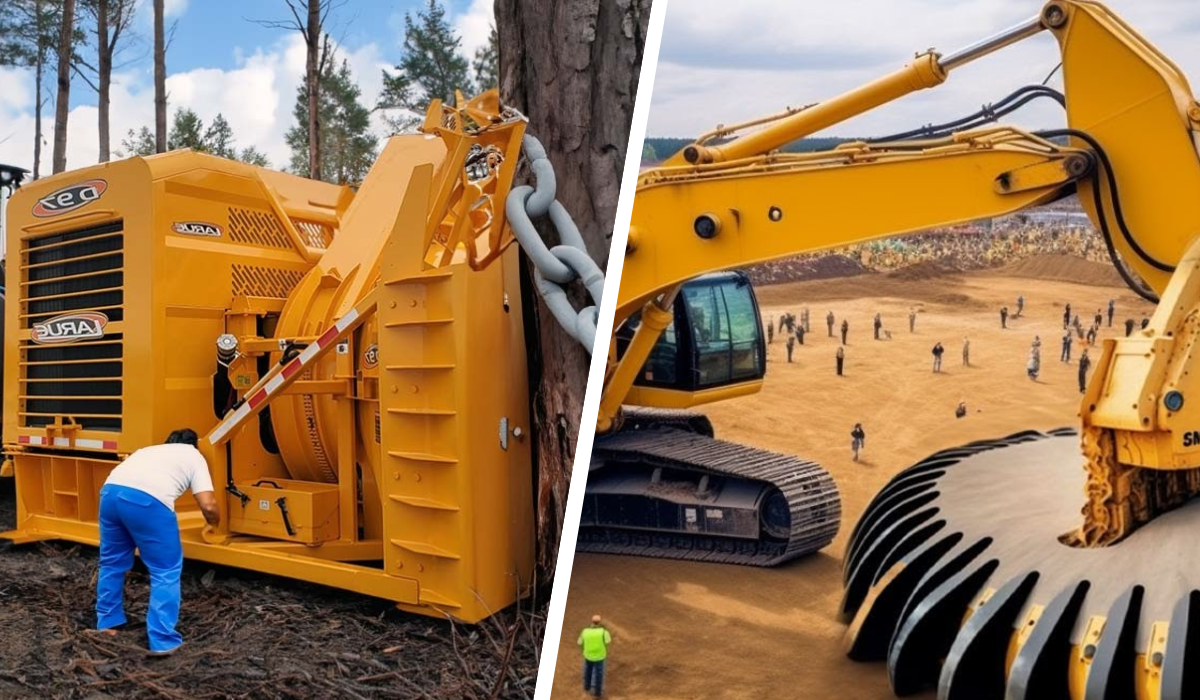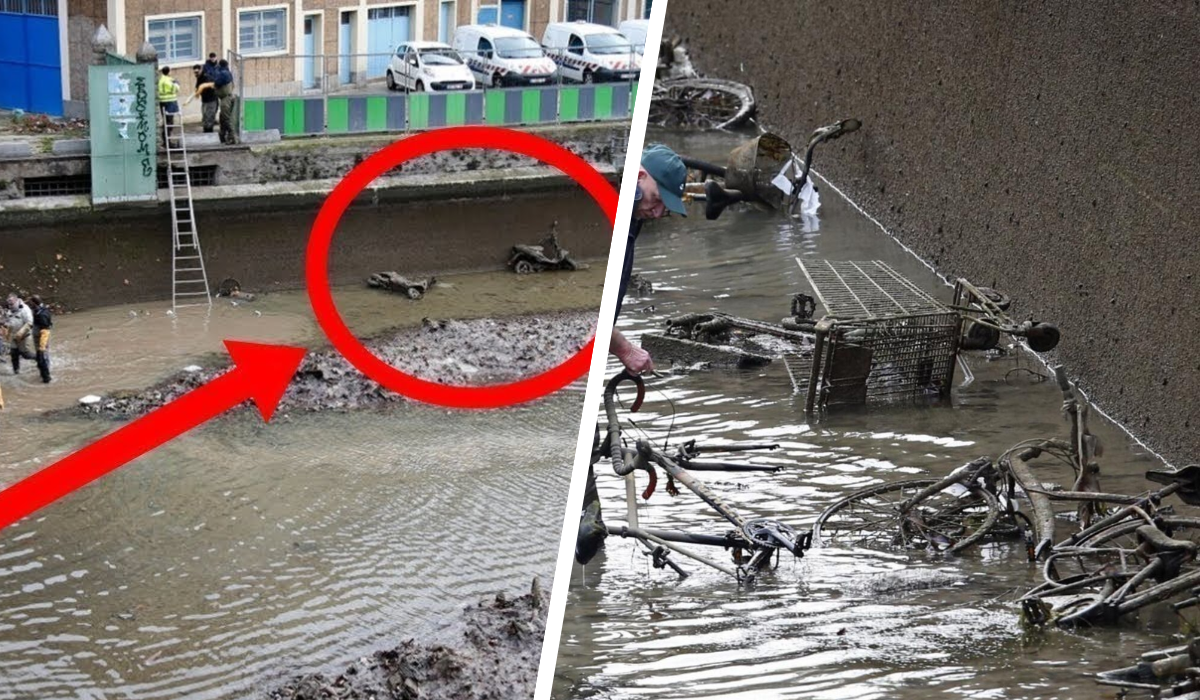For many years, I lived a life intertwined with the world of film and media, focusing on capturing stories and experiences through the lens of a camera. I explored fascinating narratives and documented diverse ecosystems, showing how humanity interacts with nature. But over time, it became clear that the real story—the one that mattered most—was being overlooked. This story was about the health of our planet, the ecosystems that sustain us, and the undeniable truth that humanity’s relationship with nature is broken.
I didn’t just want to tell this story. I wanted to become a part of the solution.
The Economic Fallacy: Growth at All Costs
Our modern economy is built around the concept of continuous growth. Traditional economic models like Keynesian economics emphasize that progress and prosperity come from the relentless pursuit of growth. Societies are expected to extract more resources, manufacture more products, and engage in more commercial activities—more, more, more. This model has shaped global economies for centuries, fueling the idea that material wealth is the ultimate goal.
However, there is a fundamental flaw in this thinking: Nature is finite. As we continue to deplete natural resources and degrade ecosystems, we are essentially borrowing from the future without considering the long-term consequences. The health of our planet and its ecosystems—what economists call natural capital—is far more valuable than any commodity we trade.
The True Definition of Wealth
Wealth is not merely the accumulation of goods and services. True wealth lies in the health and functionality of the natural systems that support life on Earth. Ecosystems provide us with essential services like clean air, fresh water, fertile soil, and biodiversity—these are the building blocks of life and the foundation of our economy.

Yet, conventional economics often disregards these services, treating them as externalities. In reality, the destruction of natural ecosystems has devastating economic consequences. Take the loss of fertile soil, for example. Soil is the very foundation of agriculture, which in turn sustains our food supply. Without healthy soil, crops cannot grow, and without crops, economies collapse. The stakes couldn’t be higher.
Rethinking Growth
As I dove deeper into the study of ecology, I realized that perpetual growth is not only unsustainable, it’s impossible on a planet with limited resources. We’ve built a system that prioritizes short-term gains over long-term survival. But the real economy—the one that matters—depends on the well-being of ecosystems. These systems provide the services that make life possible, and they cannot be replicated or replaced.
Our economic system needs a fundamental shift. Instead of measuring progress by GDP or stock market performance, we must start valuing the health of our ecosystems and the well-being of all living creatures. This isn’t just about saving the planet; it’s about saving ourselves.
The Personal Epiphany: From Filmmaking to Ecological Action
My career took a pivotal turn in the 1980s when I was working as a journalist, setting up a CBS news bureau in China. At the time, China was experiencing rapid industrialization, and the environmental consequences were staggering. I witnessed streams turning purple, choked with industrial waste, and the air thick with pollution.
Every day, I would pass the same polluted river, wondering, “When is someone going to fix this?” It was a constant source of frustration. But one day, the thought struck me: Why am I waiting for someone else to take action? If everyone waits for “someone” to do something, no one ever will. That moment became a turning point in my life.
I began to realize that the biggest stories we were covering in the news—geopolitical events, economic shifts—were dwarfed by the larger environmental crisis unfolding before our eyes. Our very existence depends on the natural world, yet it was being treated as an afterthought. This epiphany led me to refocus my work on environmental and ecological filmmaking, where I could use my platform to raise awareness about the critical state of the planet.
But as I delved deeper into environmental issues, I realized that raising awareness wasn’t enough. It wasn’t enough to film the degradation of the natural world—I wanted to be part of the solution. I wanted to dedicate my life to restoring what had been lost. And that’s how I found myself shifting from the film industry to ecological restoration.
Ecological Restoration: Reversing the Damage
One of the most impactful experiences in my journey was visiting the Loess Plateau in China. Once a fertile region that gave rise to Chinese civilization, the plateau had become a barren, desolate landscape. What was once lush and thriving now resembled the surface of the moon, devoid of life.

This stark contrast opened my eyes to the extent of human-induced environmental destruction. Over centuries, humans had reshaped the Earth’s ecosystems—deforestation, overgrazing, and poor land management had led to soil erosion and the collapse of local biodiversity. But there was a glimmer of hope. I learned that, with the right techniques and enough time, even a landscape as degraded as the Loess Plateau could be restored to health.
Learning from Nature
Nature has an incredible ability to heal itself if given the chance. Plants, in particular, play a crucial role in restoring ecosystems. For example, halophytes, a type of salt-tolerant plant, can thrive in arid and saline environments where most other plants cannot. By planting halophytes in degraded landscapes, we can reduce surface temperatures and restore the natural balance of the ecosystem.
I’ve seen firsthand how planting vegetation can reverse the damage. When we reintroduce plants to degraded landscapes, we create conditions that allow the soil to retain water, which prevents further erosion. Over time, these restored ecosystems become more resilient, supporting biodiversity and even helping to regulate the climate.
Collective Action: The Power of Community-Led Restoration
While large-scale ecological restoration efforts are crucial, I’ve learned that true change happens on the community level. Throughout my work with ecosystem restoration camps and other grassroots initiatives, I’ve seen the profound impact that collective action can have.
These camps bring together people from all walks of life—farmers, scientists, activists, and everyday citizens—to work toward a common goal: restoring degraded ecosystems. It’s not just about planting trees or cleaning up rivers; it’s about building community connections and learning from Indigenous knowledge. Indigenous peoples have been stewards of the land for centuries, and their wisdom is invaluable in our efforts to restore balance to the environment.
Moving from Awareness to Action
One of the biggest lessons I’ve learned is that awareness isn’t enough. While documentaries and films can play a powerful role in educating the public, real change requires action. It’s not enough to watch or discuss environmental issues—we need to get out into the world and start restoring ecosystems ourselves.

When people come together to work on restoration projects, something remarkable happens. They not only heal the land, but they also heal themselves. By reconnecting with nature, we find a sense of purpose and fulfillment that is often missing in modern society. We remember that we are part of the natural world, not separate from it.
A New Vision for the Future
The path forward requires a radical shift in how we think about our relationship with nature. We must stop viewing the environment as a resource to be exploited and start seeing it as a partner in our survival. Imagine a world where every human activity contributes positively to the environment—where businesses prioritize sustainability, communities work together to restore degraded lands, and governments create policies that protect ecosystems.
This vision isn’t idealistic. It’s necessary. Climate change, biodiversity loss, and ecosystem degradation are already affecting communities around the world. If we continue on our current path, the consequences will be catastrophic. But if we take action now—if we embrace the power of ecological restoration—we can create a future where both humanity and nature thrive.
Conclusion
Leaving the film industry to focus on ecological restoration was the most transformative decision of my life. While it wasn’t easy to walk away from a career I loved, the urgency of the environmental crisis demanded it. We are at a tipping point, and the choices we make now will determine the future of our planet.
Ecological restoration offers a path forward. It’s not just about fixing what we’ve broken—it’s about redefining our relationship with nature. It’s about building a world where true wealth is measured not by economic growth, but by the health of the ecosystems that sustain us. This is the challenge of our time, and it’s one that we must all rise to meet.
Together, we can restore balance to the Earth. Together, we can create a future where humanity and nature live in harmony.
